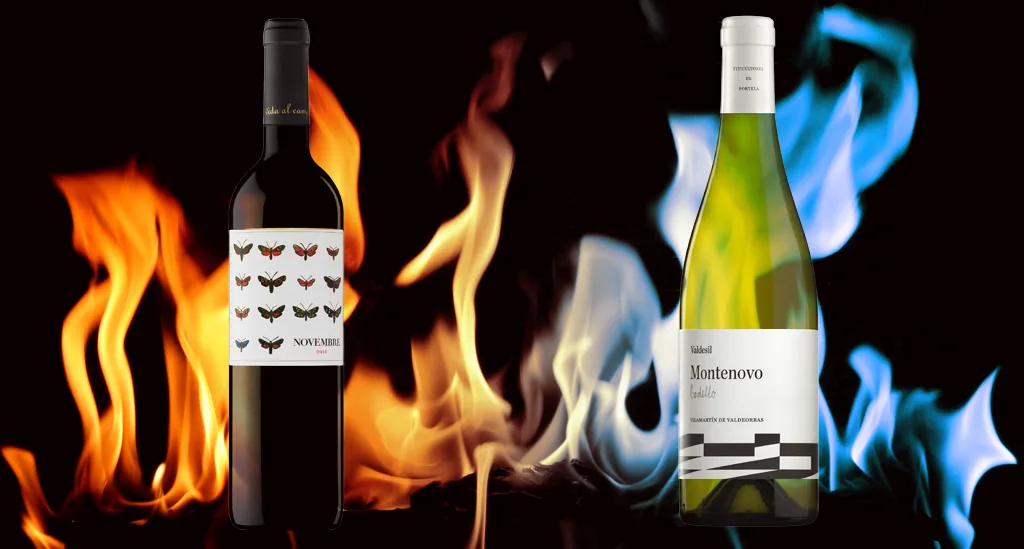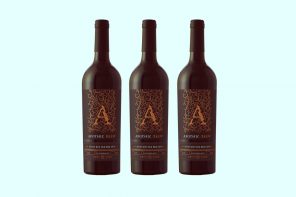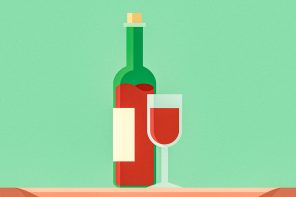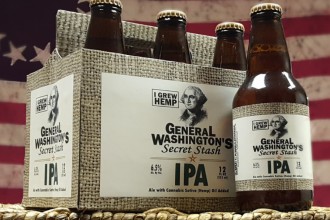Back in the day, chilling wine was easy. You had a wine cellar that naturally hovered around 55° Fahrenheit, and the room temperature (in your pre-indoor-heating European castle) was around 60°. You’d serve your reds at room temperature and your whites at the cellar temperature. Easy.
Here’s the thing; most of us do not live in pre-indoor-heating European castles (whether this is a tragedy or a good thing is up to you). In gloomy winter weather, you can crank the heat up to 75° if you feel like getting real toasty. This is great for your bed and Netflix session on a chilly night, but not so good for your wine.
Today, most wine is served too cold or too warm… Goldilocks would be disappointed. See, if you serve a wine too hot, all you will taste is the booze: you’ll lose the complexity, the wine will turn flat and unappetizing. If you serve it too cold, all you taste is the chill. Your whites will become muted, your reds too harsh and astringent, like an overly strong tea. Too cold is not cool.
So, what are the right temperatures to keep your wines at?
40° to 50° F: Light dry whites, rosés, dessert and sparkling wines.
Think back to summer and remember that orgasmic satisfaction of a crisp Pinot Grigio or Sauvignon Blanc that hits your tongue in one refreshing, bright sip. Nothing beats it. Maintaining these cooler temperatures is especially important for dessert wines, which can taste overly sweet and syrupy when warm.
50° to 60° F: Full-bodied white wines and light, fruity reds
Next we try the Chardonnays; big, full and buttery. They’ll expand in flavor in slightly warmer temperatures. On the same note, lighter reds (blends and fruit-forward vinos) become more refreshing and bright.
60° to 65° F: Full-bodied red wines and ports
You’re getting to the big leagues now: warmer temperatures will allow flavors to rise and evaporate, adding to the aroma and cultivating tannins as the wine caresses your palate. Brace yourself for a velvety, complex experience. Best with wines such as Cabs, Syrahs, and Malbecs. Enjoy with a real meal and feel like a European aristocrat.
Now that you know the temperatures, what to do? Here are some crucial pointers:
6° is the average freezer temperature:
You want to avoid putting wine in the freezer at all costs. Putting a bottle of wine through extreme temperature changes literally stresses out your wine. Quick chemical changes kill the delicate balance within the wine that you paid for in the first place. Plus, it’s a dangerous game seeing how long it will take your bottle to exert so much pressure that it explodes.
35° is the average fridge temperature:
Look at the guidelines earlier in this post. No wine is recommended at 35°. This means every bottle you pull out of the fridge should sit and warm up for a bit before you drink it.
55° is the ideal storage temperature for all wines:
This is your standby temperature. So if you received a mini wine chiller from your boyfriend this Christmas instead of that jewelry you’d been hinting at, well dammit make the most of it.
100° is the average hot tub temperature:
This is for you, not your wine. Come on.








